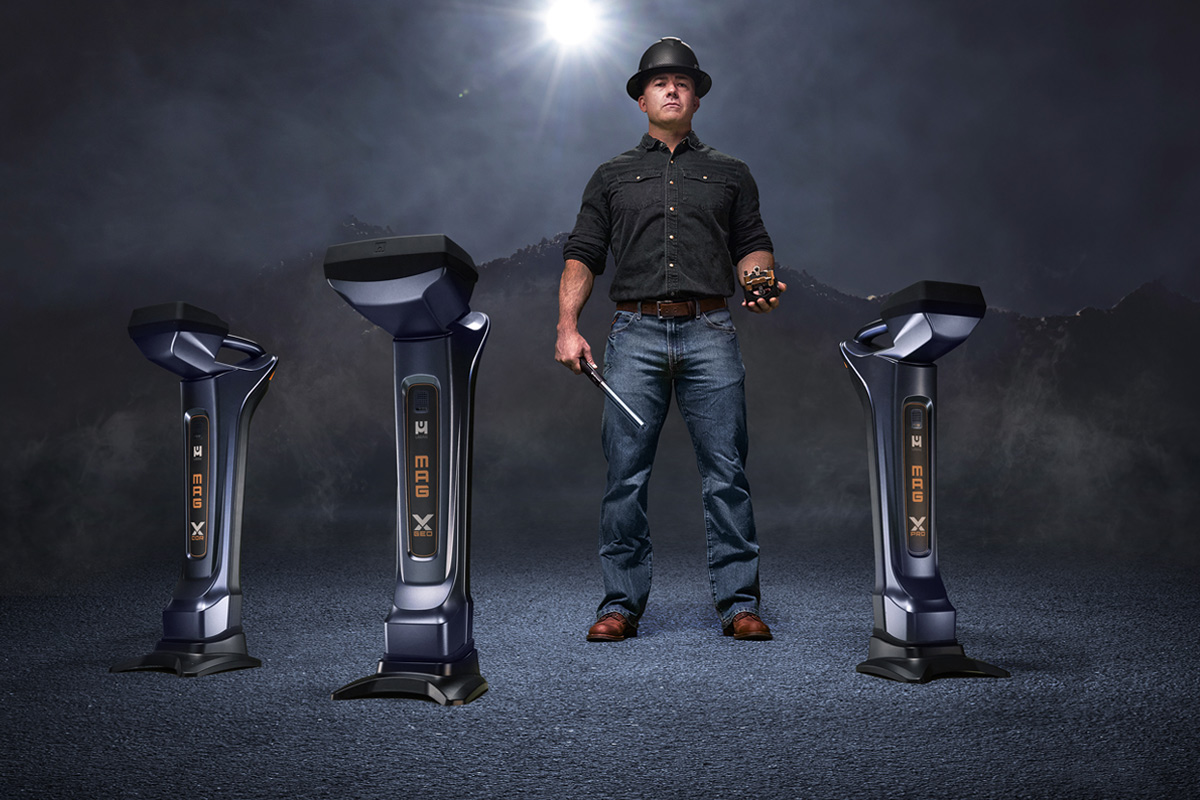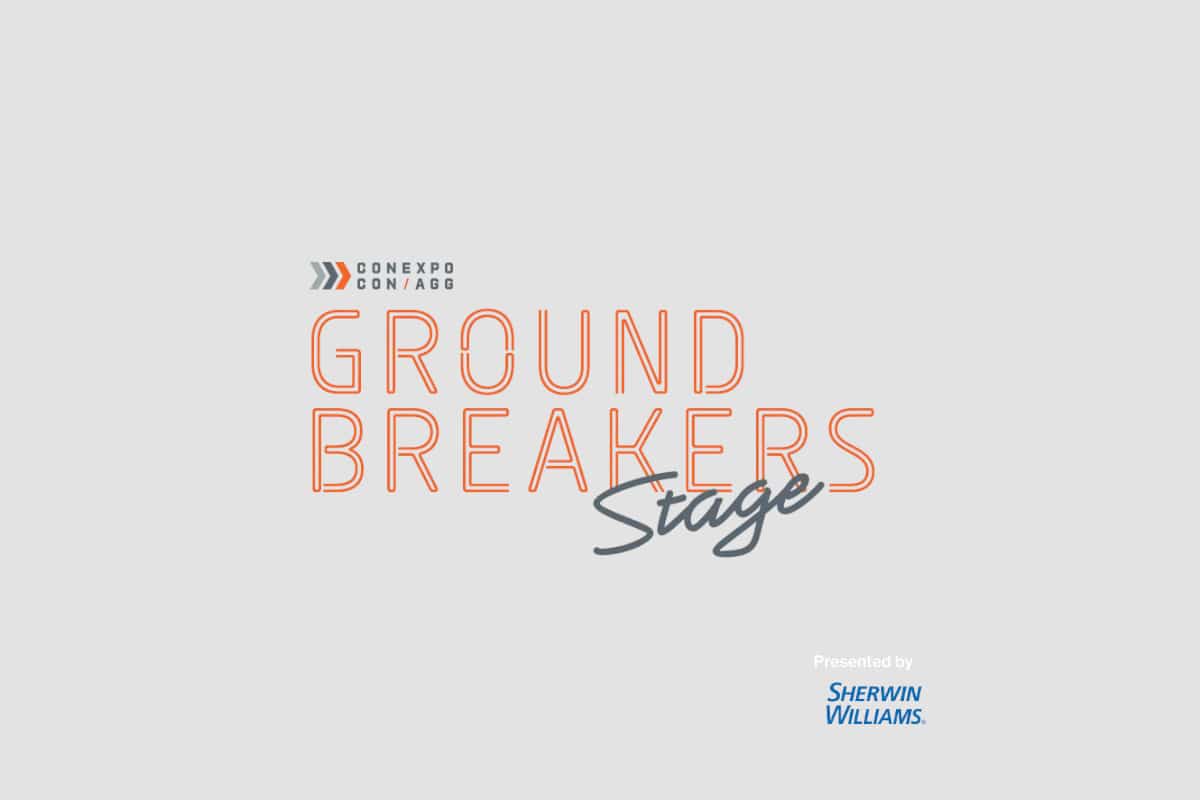
2022 Trenchless Technology Project of the Year New Installation Honorable Mention – PacWave South
The PacWave South Project located offshore south of Newport, Oregon, is the United States’ first 20-MW grid-connected, pre-permitted wave energy test facility at Oregon State University (OSU).
This complex and unprecedented project was executed by The HDD Co. as the prime design-build in partnership with subconsultant Jacobs Engineering Group, Campos EPC as construction management provider and local terrestrial design support by Oregon-certified WBE firm Macauley Trenchless.
Four 5,154.75-ft cable landings resulted in 21,871.58 ft of 9 7/8-in. 0.625-in. wall 8.625-in. ID Q-125 Grade product pipe installed, provided by Holly Pipe Corp. and coated on the exterior and interior by Womble.
The project featured a 2,353 ft terrestrial bore under a protected wetland with a 24-in. HDPE bundle consisting of 6-in. DR 9 IPS PIPE, 2-in. DR 9 IPS PIPE, and 16-in. DR 11 IPS PIPE. The project had a terrestrial base in Driftwood Beach State Recreation Park, to which HDD Co. fielded three HDD rigs: a Vermeer D220x300 S3; a Vermeer D750x900; and an American Augers DD-440.
RELATED: HDD Co. Adapts Pipeline Know-How for PacWave Energy Project
The pre-construction design work, including an early feasibility study, started upon contract award in 2019. The team had to contend with violent wave conditions and the requirement to ensure cathodic protection to power conduits for cables slated to land as late as five years after project completion.
The HDD Co. drilled the four landings in a sequence determined by space limitations on site, executing HDD 1 and 4 first, then moving to HDD 2 and 3 to optimize drilling time per relocation. The HDD Co. drilled a conventional pilot hole and executed a planned series of trip passes and circulation ream passes. This method ensures that high-quality drill pipe replaced the work string pipe, mitigating inadvertent returns (IR) and other structural risks and increasing the product life of each bore. A mud program was design based on the geotechnical specifications to mitigate risk of IR further.
Why Project Is Outstanding
Difficult ground conditions, unpredictable bathymetry, sensitive wildlife habitat and protected wetlands, and the cathodic protection specifications required by the client make this a truly outstanding project.
To meet its own high standards and the client’s expectations, HDD Co. relied on decades of innovation and leadership. Nye mudstone is a geographic formation unique to the Pacific Coast region and was present throughout each bore. When pressure is applied to Nye mudstone it swells, causing the annular pressure of the bore to reach dangerously high levels, and introducing the risk of mud rings which can derail production rates. HDD Co. engaged mud engineers and geotechnical engineers working onsite and remotely to design a drilling program for this challenge. The result was four bores executed on time and accurately, with no impact on the wetlands or wildlife in the area.
The Bathymetric survey, executed using side scan sonar and a series of dives, revealed the presence of migrating crescent dunes. This extraordinary and unique coastal phenomenon poses an incredible challenge to underwater boring: if not analyzed correctly, punchout locations could end up covered by 30 to 50 ft of sand. Historical data and timed secondary surveys were conducted to analyze and predict the path and pattern of these amazing migratory dunes, ensuring OSU will be able to safely locate the punchouts and land their cables when the time comes.
Because OSU is landing its cables as many as five years after project completion, HDD Co. was asked to design a unique cathodic protection program for these conduits. With over 20,000 ft of pipe and a challenging operating environment, there were a series of strategies that needed to be designed, tested, and deployed to facilitate the client’s needs. An interior and exterior coating solution with a deep anode well and rectifier program was one key solution. This was followed by drying the conduits after installation and the injection of pressurized nitrogen to control the interior environment.
Because the exit side of the conduit could not be efficiently accessed, HDD Co. designed, built and patented a new system, christened the beavertail in honor of OSU. This apparatus greatly reduces the complexity of conduit access, increasing the safety and efficiency of what was previously one of the most expensive and time-consuming aspects of a shore approach.
Project Owner: Oregon State University
Engineers: HDD Company, Jacobs, Macauley Trenchless and Campos EPC
Contractor: The HDD Company
Subcontractors: Plastic Pipe Technologies, RK Concrete, KSH Construction, Road & Driveway Co., Roy Rodger, AKS Forestry & Survey, Civil West Surveyors, Aboveboard Electrical, FEI Inspection, Rogue Valley Precast and Campos Fabrication
Equipment and Suppliers: Vermeer, American Augers, Holly Pipe Corp., ISCO, Womble Company Inc., InRock, OnPoint Steering and Brownline
Value of Trenchless Project (US$): $13,000,000




